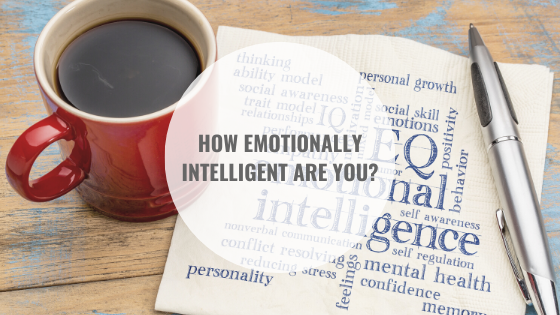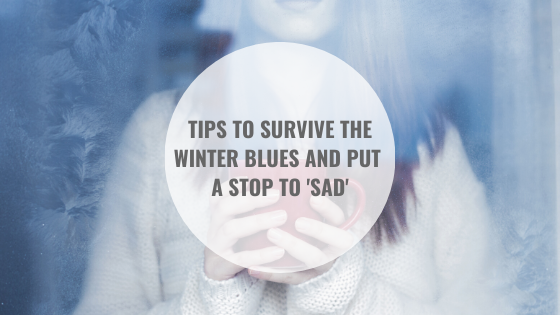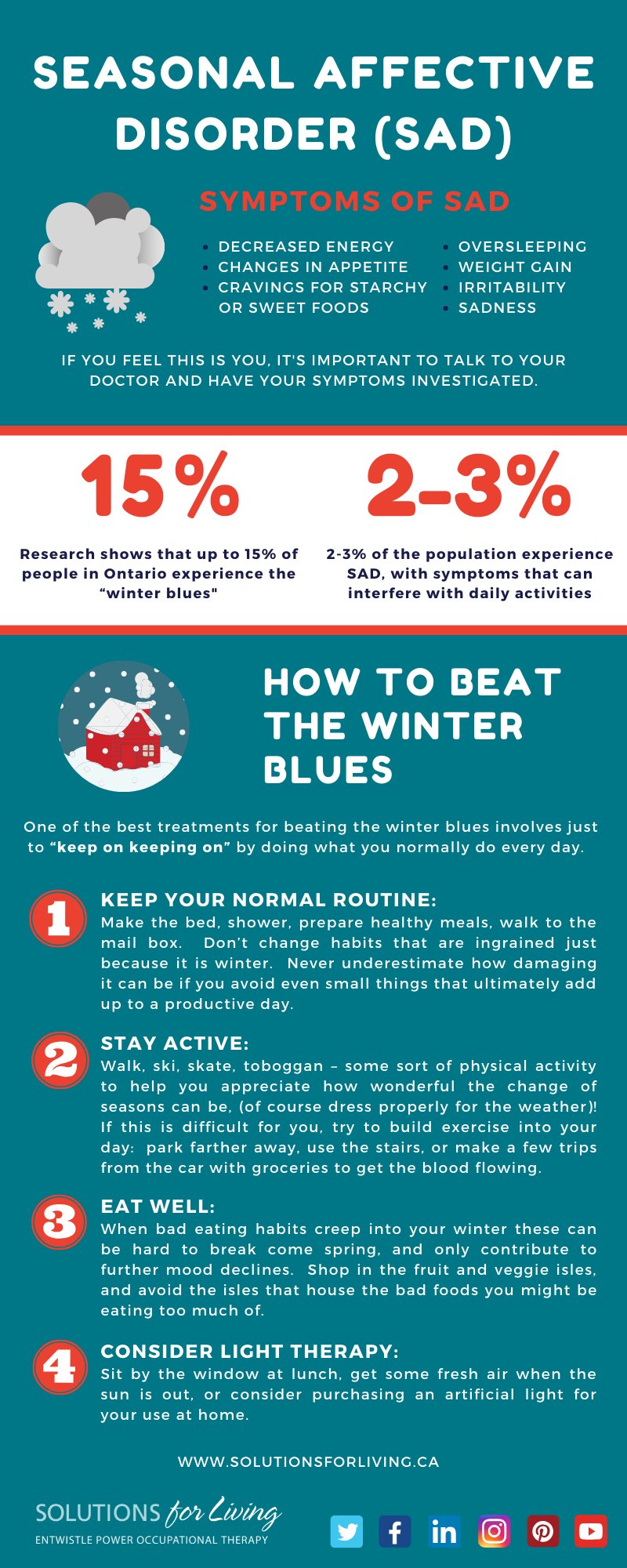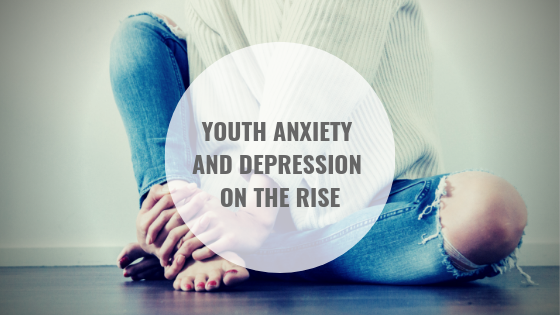Guest Blogger: Susan Wang, MSc (OT)
Technology has increased access to information, entertainment, and connection with others. However, it is not without consequences. With the rise of social media and the prevalence of smartphones, people are spending more and more of their lives looking at screens. Teenagers and young adults are particularly susceptible to the negative adverse effects of excessive technology use due to their developing brains and progression into adulthood.
Adolescence is a time of learning, growing, and challenges. Wanting to fit in, developing social relationships, and figuring out your identity are important pillars of adolescence. Social media provides a platform in which adolescents are able to satisfy their need for belonging and social interaction. However, excessive use of social media also increases the risk of several mental health symptoms, including depression and anxiety.
Staying in touch through technology has become a normalized way to connect with each other. Data indicates that 88% of teens say they spend time with friends through texting, and 55% say they text their friends every day. The numbers are likely higher in 2020. There is increasing evidence supporting a link between social media use and higher levels of anxiety, depression, and low self-esteem amongst adolescents. These findings can be attributed to a number of factors. For example, anxious adolescents tend to use social media more; this is consistent with previous findings in which adolescents higher in neuroticism prefer social uses of the internet. Furthermore, depressed adolescents may use social media more to regulate their low mood, causing a cyclic reaction that further exacerbates those symptoms. Other studies have found a linear association between the number of social media platforms used and depression and anxiety. It has been found that individuals who used 7-11 social media platforms had substantially higher odds of having increased levels of depression and anxiety symptoms, compared to those who used 0-2 social media platforms.
Another factor contributing to poor mental health stems from the fact that many adolescents engage in nighttime use of their smartphones, resulting in later bedtimes and poorer sleep quality which also contributes to anxiety and depression. It has been found that teenagers aged 15-19 who were regular users of mobile phones reported health symptoms such as tiredness, stress, headache, anxiety, concentration difficulties, and sleep disturbances more often than less frequent users. Additionally, studies show that nighttime social media use was a predictor for poorer sleep quality.
There are several components of social media that cause stress and anxiety, including:
- Seeing friends posting about events you weren’t invited to
- Comparing your life/appearance to that of others you see on social media
- Feeling pressured to post positive content about your life
- Anxiety associated with getting comments and likes on your posts
FOMO
Fomo is defined as apprehension that others might be having rewarding experiences from which one is absent and a desire to stay continually connected with what others are doing.
The term FOMO is associated with the first component of social-media induced stressors. For adolescents, being invited to events and having social interactions is extremely important to satisfy their sense of social connectedness and a sense of belonging. Seeing posts of their peers engaged in activities which they weren’t invited to causes FOMO. Why wasn’t I invited? Is it because they don’t consider me a good friend? What if everyone’s talking about this party on Monday and I can’t contribute?
Adolescents with predispositions of psychopathological problems (especially anxiety and depression) could develop higher FOMO because of their existing perceived social deficits. Individuals with poor emotional state and life satisfaction are also more likely to confront FOMO. Research has shown that social media users with high FOMO are more likely to spend more time on social media and suffer from depressive and anxious feelings. They may feel compelled to check their social media more often to keep up to date with their friends’ plans and activities, further feeding into a cyclic cycle of social media usage and symptom exacerbation.
“As being connected is of utmost importance in adolescents, young teens use social media prominently more in order to achieve greater levels of social involvement. By using social media, adolescents may satisfy their need to belong, but they also have greater risk of suffering from anxiety when they feel they are missing out on important shared experiences, or feel that they do not belong” (Oberst et al., 2017).
Common Symptoms of Social Media Anxiety
- Interrupting conversations to check your social media accounts
- Lying to others about how much time you spend on social media
- Withdrawal from friends and family
- Trying to stop or reduce your use of social media more than once before without being successful
- Loss of interest in other activities
- Neglecting work or school to comment on a social media account
- Experiencing withdrawal symptoms when you are not able to access social media
- Spending over six hours per day on social networking sites like Facebook, Twitter, or Instagram
- An overwhelming need to share things with others on social media sites
- Having your phone with you 24 hours a day to check your social media sites
- Using social media more often than you planned
- Severe nervousness or anxiety when you are not able to check your notifications
- Negative impacts in your personal or professional life due to social media usage
Tips to Help With Social Media Anxiety: for Teens and Parents
- Think critically about the accounts you choose to follow and unfollow accounts you are comparing yourself to, or that make you feel anxious or self-conscious
- Recognize that everything on social media is highly orchestrated and not reflective of reality.
- Think back to moments from your own life that you’ve omitted from social media
- The “perfect” people you follow likely have the same negative experiences that they are not posting for everyone to see
- Screen Time on your iPhone allows you to track how much time you are spending on your phone as well as on each app.
- Set a limit on your phone to how much time you spend on each app.
- When you reach the daily limit, your phone will automatically stop those apps and display a message indicating you have reached your daily limit
- Set screen-free times where you put your phone away completely and spend time doing other activities.
- This can be a goal set together as a family, for example, at night for an hour before bed, turn off all phones and spend time together as a family watching a movie.
- When you start to feel anxious or experience negative thoughts about yourself, put your phone down.
- Find another activity to keep your hands busy instead (adult colouring books, knitting, painting, exercising, etc)
- Practice mindfulness to become aware of your surroundings
- Spend more time outside with friends
- Participate in a social anxiety group to relate to others with similar issues
References
Duggan, M., & Smith, A. (2013). Demographics of key social networking platforms. Pew Internet & American Life Project. Retrieved from http://www.pewinternet.org/2013/12/30/demographics-of-key-social-networking-platforms/
Oberst, U., Wegmann, E., Stoft, B., Brand, M., & Chamarro, A. (2017). Negative consequences from heavy social networking in adolescents: The mediating role of fear of missing out. Journal of Adolescence, 55, 51-60.
Hamburger, Y.A., & Ben-Artzi, E. The relationship between extraversion and neuroticism and the different uses of the Internet. Computers in Human Behaviour, 16 (4), 441-449.
Van Der Goot, M., Beentjes, J. J., & Van Selm, M. (2012). Meanings of television in older adults’ lives: an analysis of change and continuity in television viewing. Ageing & Society, 32(1). 147-168
Primack, B,A., Shensa, A., Escobar-Veira, C.G., Barrett, E.L., Sidani, J,E,, Colditz, J,B,, & Everette-James, A. (2017) Use of multiple social media platforms and symptoms of depression and anxiety: A nationally-representative study among U.S. young adults. Computers in Human
Behavior, 69 , 1-9.
Woods, H.C., & Scott, H. (2016). #Sleepyteens: Social media use in adolescence is associated with poor sleep quality, anxiety, depression and low self-esteem. Journal of Adolescence, 51. 41-49.)
Jackson, ML, Sztendur, EM, Diamond, NT, Byles, JE, & Bruck, D. (2014). Sleep difficulties and the development of depression and anxiety: a longitudinal study of young Australian women. Arch Women’s Men Health, 17 (3), 189-198.
Dhir, A., Yossatorn, Y., Kaur, P., Chen, S. (2018). Online social media fatigue and psychological wellbeing—A study of compulsive use, fear of missing out, fatigue, anxiety and depression. International Journal of Information Management, 40 , 141-152.
Desjarlais, M,, & Willoughby, T. (2010). A longitudinal study of the relation between adolescent boys and girls’ computer use with friends and friendship quality: Support for the social compensation or the rich-get-richer hypothesis? Computers in Human Behaviour, 26 (5), 896-905.
University of British Columbia (2019). Social Media Anxiety Disorder. Retrieved from http://etec.ctlt.ubc.ca/510wiki/Social_Media_Anxiety_Disorder
Fader, S. (2018) Anxiety and Depression Association of American – Social Media Obsession and Anxiety. Retrieved from https://adaa.org/social-media-obsession
Cuncic, A. (2019) Very Well Mind – Social Media and Social Anxiety Disorder. Retrieved from https://www.verywellmind.com/social-network-use-and-social-anxiety-disorder-4117143
Shafer, L. (2017). Harvard Graduate School of Education – Usable Research. Social Media and Teen Anxiety . Retrieved from https://www.gse.harvard.edu/news/uk/17/12/social-media-and-teen-anxiety
Soderqvist, F., Carlberg, M., & Hardell, L. (2008). Use of wireless telephones and self-reported health symptoms: a population-based study among Swedish adolescents aged 15–19 years. Environ Health, 7: 18-10.1186/1476-069X-7-18.
Lenhart, A. (2015). Pew Research Center – Report: Teens, Technology and Friendships. Retrieved from https://www.pewinternet.org/2015/08/06/teens-technology-and-friendships/











